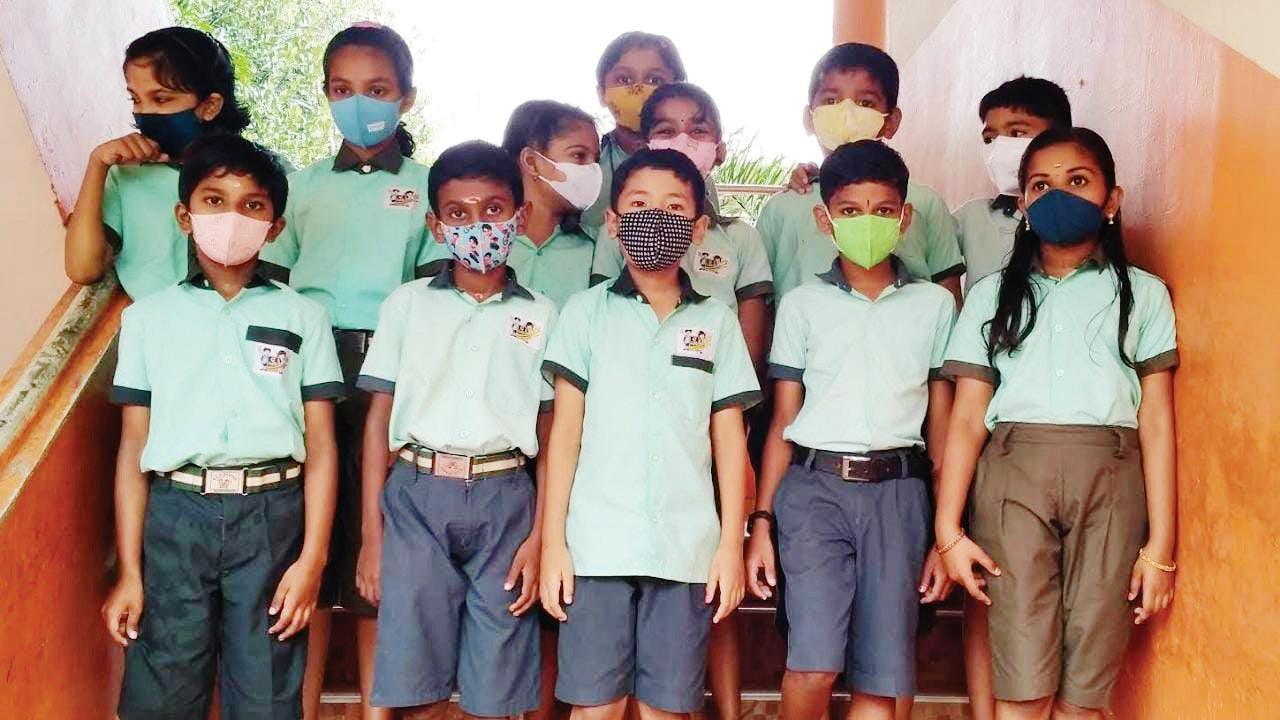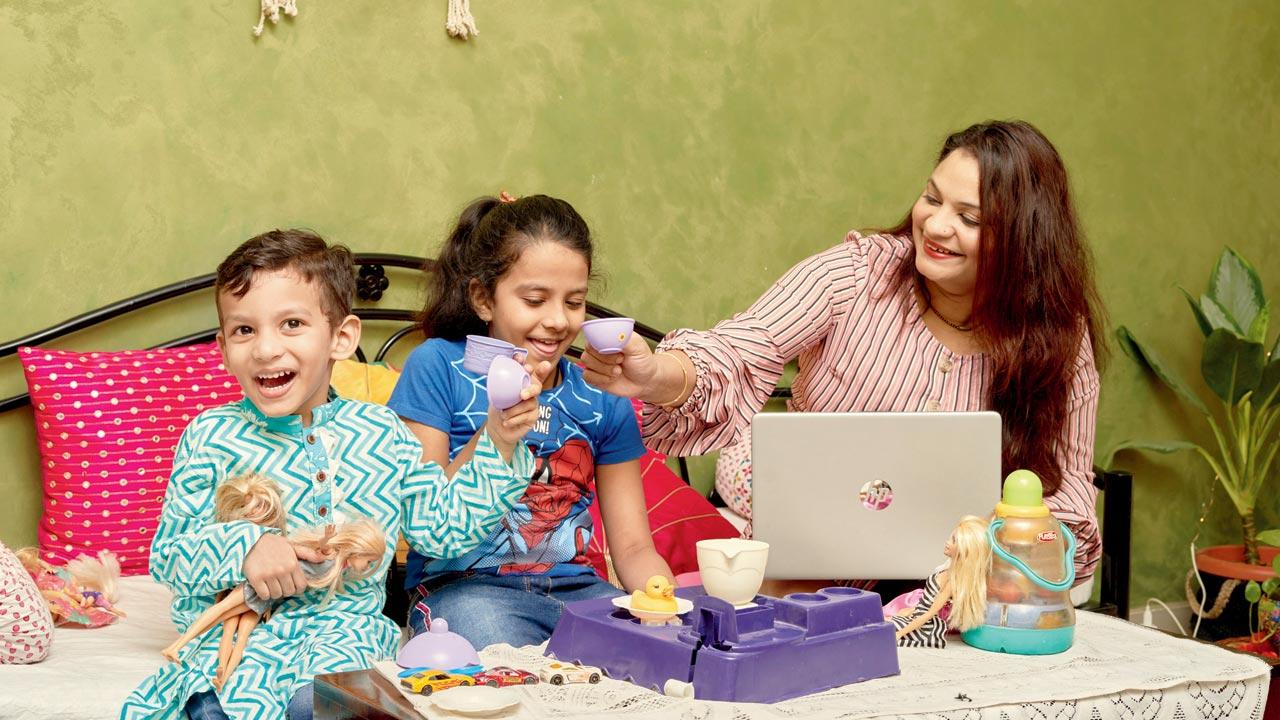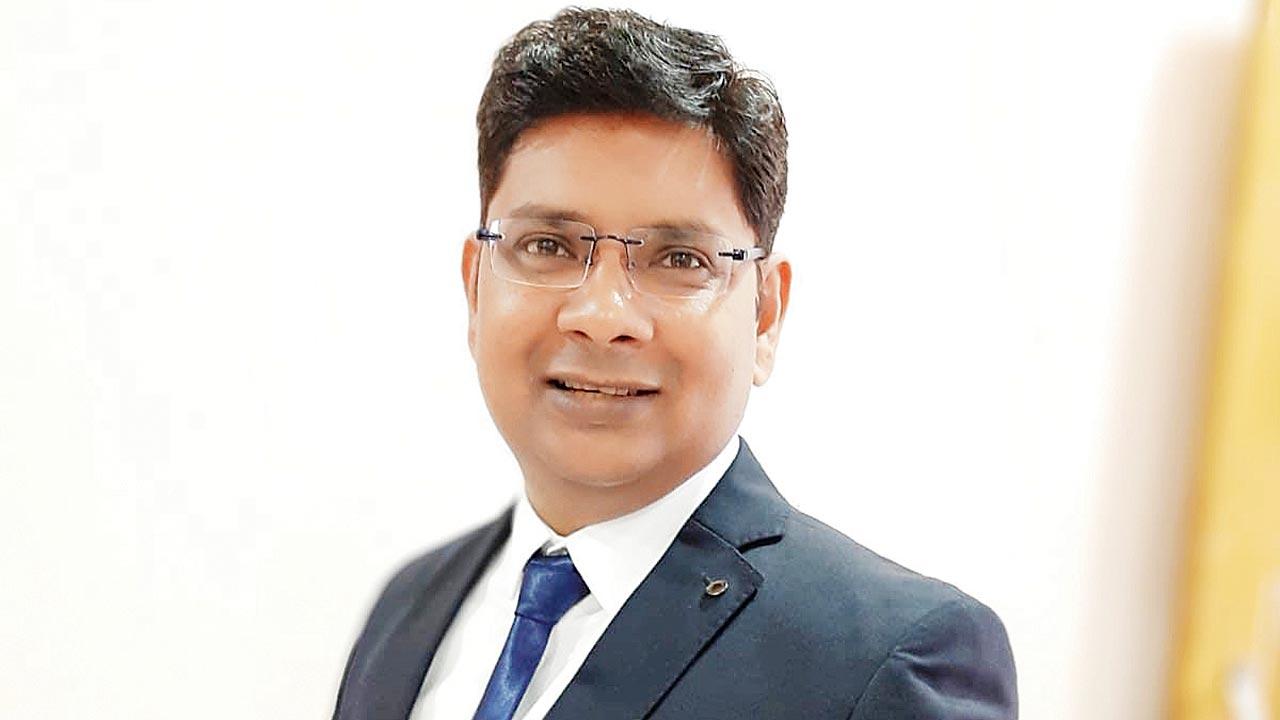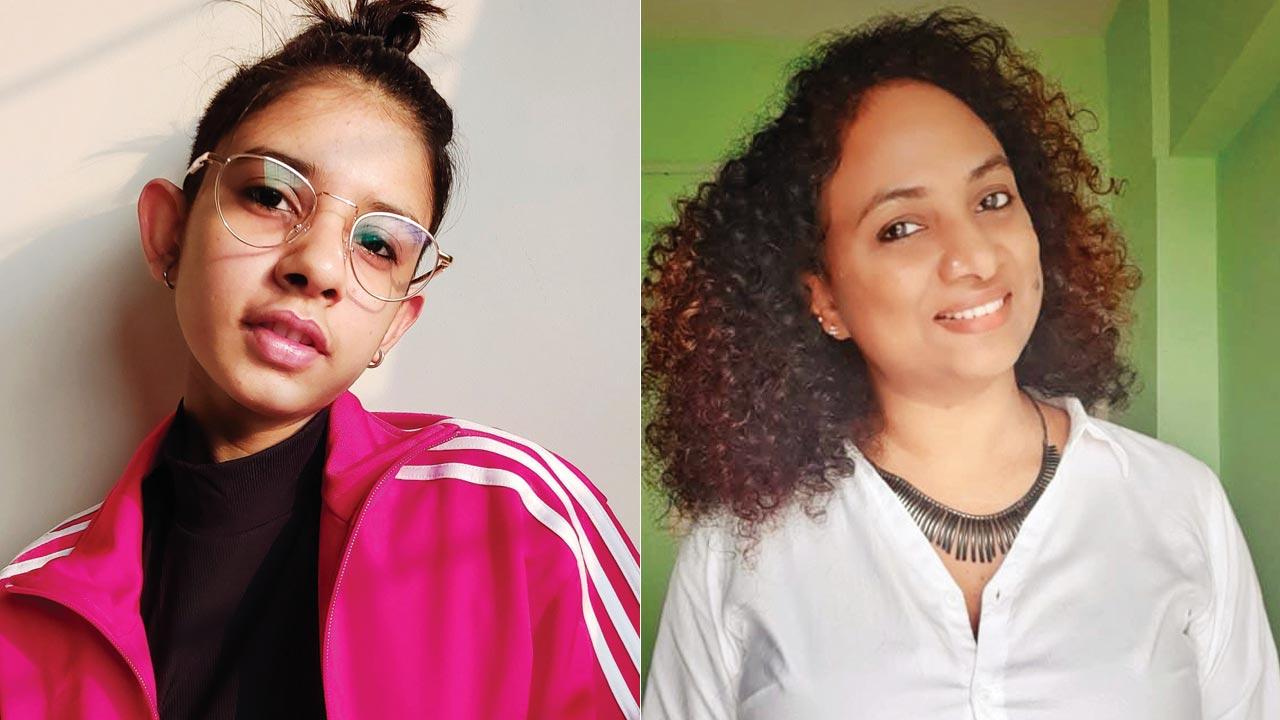A Kerala government school implements gender neutral uniforms for its students. Teachers, parents, child psychotherapists and queer activists discuss whether this means a healthy move away from gender binaries

Students at the Valayanchirangara Government Lower Primary School in their new uniforms
In a step that has attracted justified praise, a 104-year-old government school in Ernakulam district in Kerala has introduced a new uniform for all its students. The policy of implementing a 3/4th shorts and shirt was first introduced in 2018 by then headmistress C Raji of the Valayanchirangara Government Lower Primary School, the decision coming in after the approval of the school management committee and parent teachers committee. “One of my neighbours wanted to admit his daughter in the school, but didn’t want the girl to have a skirt as her uniform. He asked if she could wear anything else, or trousers like the boys,” C Raji tells us, sharing how she presented the parent’s question in a PTA meeting. “We all took the decision to change the uniform to a unisex one which boys and girls could wear in the same way. We introduced it first in pre-primary classes for which we received a positive response from the kids and their parents and then we decided to implement it in the other classes as well.” For Aparna S, mother of Avani Anil, a Class IV student of the school, the new uniform has eased much discomfort. “Kids are very active at this age and skirts made them back out of academic and extra-curricular activities because they made them so conscious about their bodies. I used to drop my daughter at school in a two-wheeler and the skirt made her commute fairly uncomfortable. She is happy with the new uniform.”
Kochi-based designer Vidya Mukundan, who is behind the new uniform credits Dr Binoy Peter, former academic chairman and PTA president of the school, with bringing the idea to her. She tells us how there were not a lot of other uniforms of the kind in Kerala at that time. Moreover, in most schools, the PTA and school management decide the pattern of the school uniform, but this being a government school, the latter provided the material while she chose the pattern, deciding to extend the shorts to a 3/4th length, comfort and free movement for girls being the primary intention behind the change.
 Rakhi Parsai has dressed her children Ira, 8, and Ivaan, 3, in gender neutral clothing since they were little, believing in letting them explore their individuality. While Ira’s idea of fashion has been comfort which she finds in hosiery pyjamas, and clothes with superhero prints, and not things generally associated with girls her age like clothes with sequins, shararas and lehenges, Ivaan has been attracted to reds, pinks and oranges, rather than blues and greys. “With toys too, my daughter likes to play with cars and my son with kitchen sets,” says Parsai. Pic/Akhil Raj, Cultmedia
Rakhi Parsai has dressed her children Ira, 8, and Ivaan, 3, in gender neutral clothing since they were little, believing in letting them explore their individuality. While Ira’s idea of fashion has been comfort which she finds in hosiery pyjamas, and clothes with superhero prints, and not things generally associated with girls her age like clothes with sequins, shararas and lehenges, Ivaan has been attracted to reds, pinks and oranges, rather than blues and greys. “With toys too, my daughter likes to play with cars and my son with kitchen sets,” says Parsai. Pic/Akhil Raj, Cultmedia
Nupur Dhingra Paiva, lead child and adolescent psychotherapist, Family Tree: child and adolescent mental health team, New Delhi, admits that what gender neutral uniforms introduced at a young age encourage is freedom of movement because skirts, prone to flying, restrict movement and further result in shame which is attached to having body parts and underwear exposed, something boys are not put through. “This way, they will be able to move more, have fun playing without the added burden of shame which society puts on to a girl in skirts after having put her in a skirt in the first place,” observes Paiva. But do they help a society to completely move away from binaries in the long run? Paiva doesn’t think so given how deeply entrenched they are in our society. “This is only one element of our gender binary. Most of it is about expectations from boys and girls, expectations about how they are going to speak and behave in relation to others. Dress is a good place to start. It is also the easiest place to start but we have loads of work to do before a healthier sense of gender identity is supported in our children.”
The association of certain clothes with gender is an idea that is taught to children and not inherent in them is what Parmesh Shahani, author of Queeristan, draws attention to. While wishing that he had the same freedom to wear clothes he was comfortable in while growing up, he hopes that other schools follow suit and refuse to impose gender norms on children while recognising that they have agency of their own. “It would be nice for efforts like these to be amplified and for other schools across the country to emulate these progressive policies,” says the author.
 Dr Bhushan Bonde
Dr Bhushan Bonde
While lauding what they call an external revolution, youth activist and educator Ria Sharma speak of the need to understand that children can self-identify and that somewhere down the line school bodies can consider giving them the freedom to choose their uniform. Sharma who went to an all sex school remembers it being conservative—the uniform a one-piece in the younger classes which later was converted into a blouse and a skirt—with the distinctions between binaries very vivid. “I was dysphoric but didn’t have the vocabulary to express. I felt very suffocated especially when I hit puberty,” they say. Gender dysphoria refers to extreme unease that a person feels because of a mismatch between their biological sex and gender identity.
Gender neutral uniforms are important, they believe, as the journey of identifying starts when one is young. “Having neutrality at that point is more important than having neutrality when you are grown up and you have freedom. Even as you get one spark of hope like somebody calling you by the gender that you identify with, it helps you to open up that box that feels suffocating. Uniforms are the first thing you see, and the first thing you judge a person by, is their gender. Having neutral uniforms would help a person to know that they are fitting in with their friends even if they are otherwise dysphoric. The idea of a uniform is uniformity, so it doesn’t make sense when you have different uniforms.”
 Ria Sharma and Vidya Mukundan
Ria Sharma and Vidya Mukundan
Bengaluru-based Rakhi Parsai, mother to eight-year-old Ira and three-year-old Ivaan has been dressing her children in gender neutral clothing from the start. “I always knew that I would not be buying pink, frilly clothes for my daughter but let her grow the way she wants. My son is attracted to red, pink, yellow and orange, rather than blue and grey,” says Parsai, sharing that her daughter’s idea of fashion has been comfort which she finds in hosiery pyjamas, and clothes with Superman and Hulk prints, and not things generally associated with girls her age like clothes with sequins, shararas and lehenges. She admits that Ira looks different from others when she goes to parties because she is never too dressed up for such occasions but she is happy to let her explore her individuality. Parsai remembers the awkwardness of wearing salwar kurtas and a dupatta when she herself was in school and is pleased that Ira who loves badminton and running can find comfort and freedom in shorts thanks to her school Vibgyor High’s gender-neutral uniform. “With toys too, my daughter likes to play with cars and my son with kitchen sets,” says Parsai.
Parsai has always wanted to send her children to co-educational schools for an well-rounded development. “Co-ed schools encourage all children to explore a broad range of learning opportunities and together. They have equal respect, friendship and understanding and co-ed schools have a better success rate,” feels Dr Bhushan Bonde, principal, Podar International School, Nerul, preferring the format to all-boys or all-girls institutions. “These co-ed schools should become the basis for maintaining gender equality because everybody gets an opportunity to share their thoughts on the same platform,” he says. While his school has presently regulated skirts and trousers for girls and boys respectively, he looks forward to implementing the same uniform for girls and boys but alerts to the fact that they need approval, and the involvement of parents and the students’ bodies. “Confidence, capability, knowledge and skill should be appreciated of every individual and promoting education and professional programmes with equal opportunity has to be encouraged starting from school,” he believes, any gender divide or bias only serving as a deterrent to such goals.
 Subscribe today by clicking the link and stay updated with the latest news!" Click here!
Subscribe today by clicking the link and stay updated with the latest news!" Click here!








